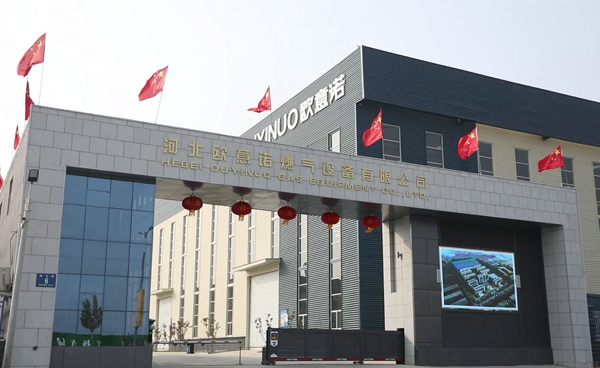
11 月 . 03, 2024 01:48
Back to list
gas safety relief valve
Gas Safety Relief Valves A Critical Component in Safety Systems
In industrial processes where gases are handled, safety is paramount. One essential device that plays a critical role in ensuring safety is the gas safety relief valve. This device is designed to protect systems from overpressure by automatically releasing gas when the pressure exceeds a preset limit. Understanding the function, types, and importance of gas safety relief valves can help facilities ensure compliance with safety regulations and maintain operational integrity.
Function of Gas Safety Relief Valves
Gas safety relief valves operate on a straightforward principle they act as a pressure release mechanism. When the internal pressure of a gas system, such as a pipeline or storage vessel, rises to a dangerous level due to factors like thermal expansion or system malfunction, the relief valve opens to allow excess gas to escape. This operation prevents catastrophic failures such as explosions, which can occur if the pressure continues to build unchecked.
Types of Gas Safety Relief Valves
There are several types of gas safety relief valves, each designed for specific applications and pressure ranges. The most common types include
1. Spring-Loaded Relief Valves These valves use a spring mechanism to maintain a set pressure. When the pressure exceeds this set point, the valve opens. This type is widely used due to its simplicity and reliability.
2. Pilot-Operated Relief Valves These valves have a pilot valve that controls the main valve. When the pressure in the system rises, the pilot valve opens to relieve pressure, allowing the main valve to open. Pilot-operated valves provide a more precise control and are often used in large systems.
3. Balanced Bellows Relief Valves These valves are designed to minimize the effect of back pressure on the valve operation. They are particularly useful in applications involving high back pressure conditions.
gas safety relief valve

Importance of Gas Safety Relief Valves
The significance of gas safety relief valves cannot be overstated. They are not just a regulatory requirement; they are essential for protecting human life, property, and the environment. Here are a few key points highlighting their importance
- Preventing Accidents By controlling and relieving excess pressure, these valves help prevent potential accidents that could result in injuries or fatalities.
- Protecting Equipment High-pressure conditions can lead to equipment damage, resulting in costly repairs and downtime. Safety relief valves help extend the lifespan of equipment by ensuring operational pressures remain within safe limits.
- Regulatory Compliance Many industries, especially those involving hazardous materials, are required to comply with strict safety regulations. Properly installed and maintained relief valves are crucial for meeting these legal obligations.
- Environmental Protection In the case of gas leaks or explosions, the environmental consequences can be severe. Safety relief valves help mitigate the risk of such events, thus protecting the surrounding ecosystem.
Conclusion
In conclusion, gas safety relief valves are vital components in ensuring the safe operation of systems handling gas. By preventing overpressure conditions, these valves not only safeguard facilities and equipment but also protect lives and the environment. As industries continue to evolve, adherence to safety protocols, including the proper use and maintenance of gas safety relief valves, will remain a top priority. Regular inspections and adherence to manufacturer guidelines will ensure these critical devices function effectively, ultimately contributing to a safer industrial landscape.
Next:
Latest news
-
Unlocking The Quality Gas Pressure ReducersNewsNov.01,2024
-
The Role of Gas Pressure Reducing StationsNewsNov.01,2024
-
The Importance and Functionality of Safety Relief ValvesNewsNov.01,2024
-
The Essential Role of Safety Valves in Natural Gas ApplicationsNewsNov.01,2024
-
The Essential Role of Gas Pressure RegulatorsNewsNov.01,2024
-
Enhance Your Premium Gas FiltersNewsNov.01,2024

